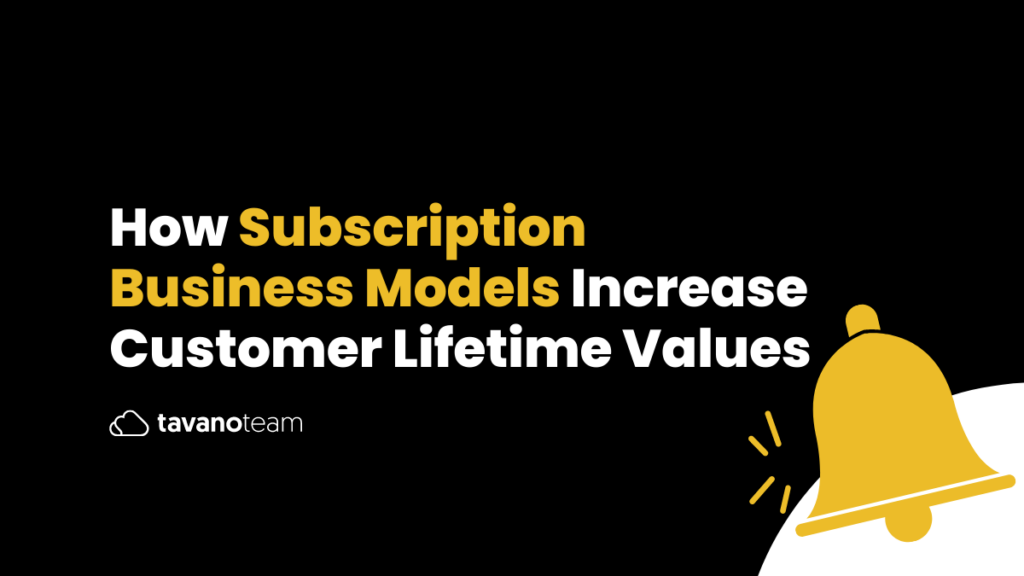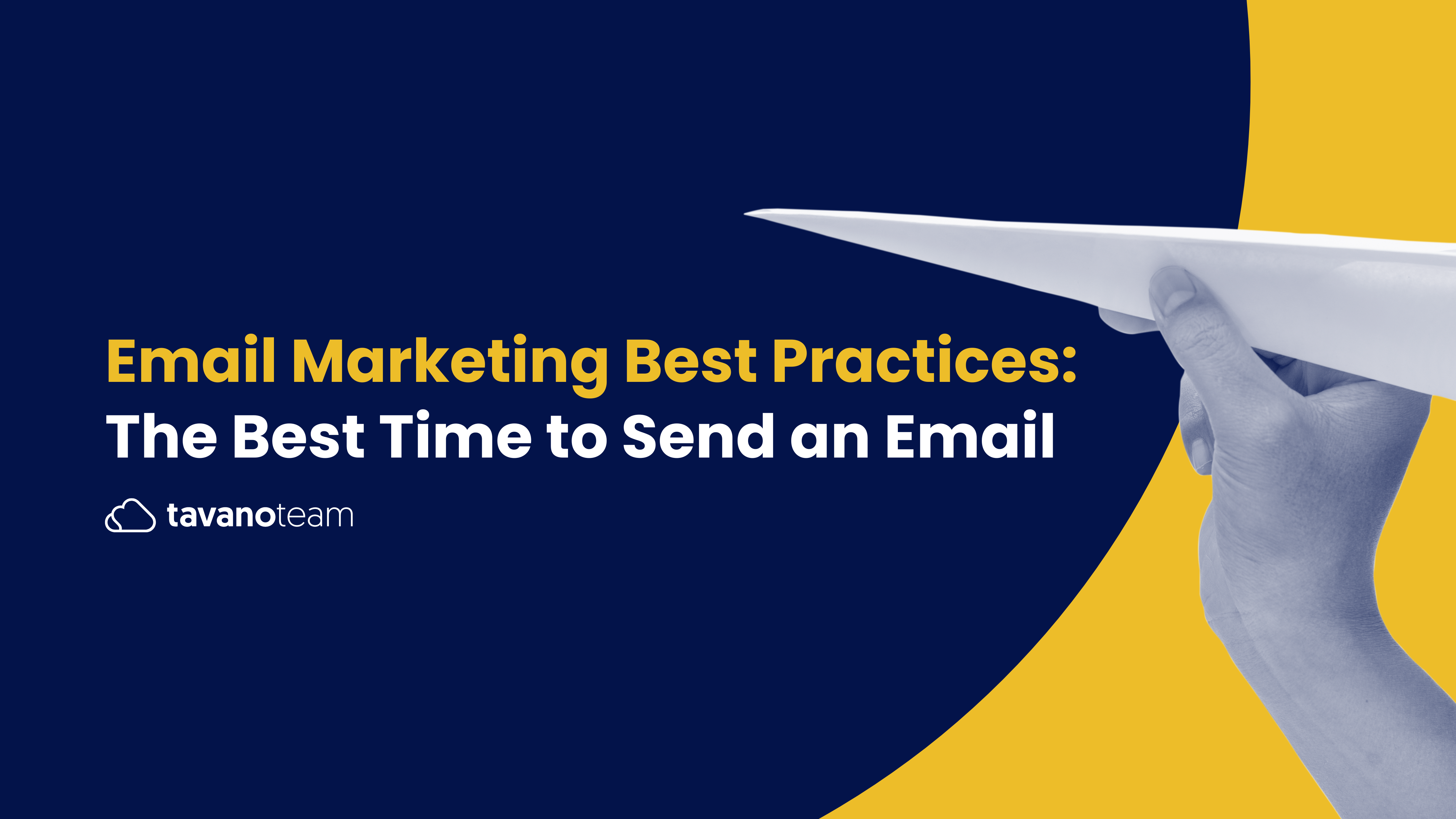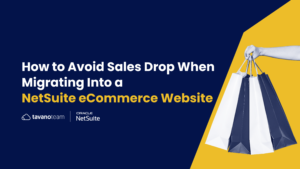Want to extend the life of the relationship with your customers AND expand your revenue stream? Consider a subscription business model. More than 54% of online shoppers have subscribed to an eCommerce subscription box.
Subscription business models are becoming a popular way for e-commerce companies to increase the lifetime value of customers. Rather than relying on the traditional model, in which businesses must win customers’ purchases one transaction at a time, subscription models create ongoing relationships with buyers to drive more sales and expand revenue streams.
How does the subscription business model work?
You might think of subscription models as the revamped version of the old wine-of-the-month club. Customers commit to a recurring service – usually at a slightly discounted price – and in exchange, receive products straight to their doorsteps once a month (or once a week, or once every two months).
Some of the most successful examples include Dollar Shave Club, Blue Apron, and Birchbox. There are also service-based examples like Netflix and Spotify.
It’s an added value for customers because they:
- Pay less for each item
- Save a trip to the store
- Discover new and exciting products
It adds value for the businesses through:
- Steady and predictable revenue streams – They know how much they’ll make each billing cycle.
- Better supply chain management – They can predict when they’ll need shipments.
- Higher customer lifetime value – Customers spend more through recurring subscriptions than they would in intermittent purchases.
Increase customer lifetime values 1.78X with subscriptions
Practical Ecommerce recently covered a study by Compass, which examined just how much businesses can gain by expanding into the world of subscriptions.
The study tracked the change in lifetime customer value (LTV) for e-commerce businesses that offered both subscriptions and individual products. The results were broken down by the size of the average order value:
- 1.78X higher LTV if the average order value was under $25
- 1.61X higher LTV if the average order value was between $25 and $50
- 1.44X higher LTV if the average order value was between $50 and $75
- 0.85X higher LTV if the average order value was over $75
Based on these findings, companies with lower average order values stand to gain the most from subscriptions.
Running Subscriptions in NetSuite
So how can you work on building a loyal customer base and push a subscription model through your NetSuite website? You basically have two options (well, there’s a third one that is almost a “get your feet wet” type of solution to test if subscription works for your audience):
NetSuite Recurring Billing SuiteApp
First you need to know that this is a bundle that needs to be provisioned by your NetSuite account manager and it comes at a price. It enables your business to:
- Define an item as a recurring service or a product that will be delivered to a customer through a subscription.
- Create billing plans and charge plans as templates to set up subscription plans and subscription plan items.
- Set up rate plans to define the charging structure of subscription plan items.
- Set up subscription plans and subscription plan items that will be used to create customer subscriptions.
- Create subscriptions by entering a subscription sales order and adding subscription items to define the services that are sold to a customer.
- Import recurring billing data including usage data, which is used as basis for computing charges for usage-based items.
Note: It may require some scripting to pull the item subscription options onto the website.
Subscription Customization
As Zach Nelson said this year at SuiteWorld event: “Customization is NOT a dirty word”. It’s actually an advantage that NetSuite users have that allows them to adapt their NetSuite system to their particular business models and processes.
Each business will have their very own requirements, but in general they would revolve around:
- In the back-end, flagging an item that is available to be sold as a subscription.
- In web store, allow shoppers to choose subscription frequency at the product detail page.
- In back-end, for each subscription order, generate a subscription custom record in NetSuite containing information about the customer purchases subscription (i.e. items, customer, frequency selected).
- In back-end, generate a script that will run daily through all subscription custom records and auto-generate the corresponding Sales Orders.
Enviroscent.com, runs in NetSuite, and has a subscription customization implemented.
Use Memorized Transactions
If you are not sure whether a subscription model works for your customer base, then you can start small and try this. Create a “frequency” item option to an item that you would like to sell as subscription (with the frequency list values – for example, “one-time”, “monthly quarterly”). Publish your item in the website and wait for orders to come containing items with a frequency selected. For orders coming that have items with the frequency item option selected (that is not “one-time”), create a memorized transaction to auto-generate following orders in the future.
Definitely a partially manual process but it might help to follow as a trial.





